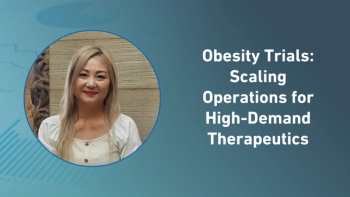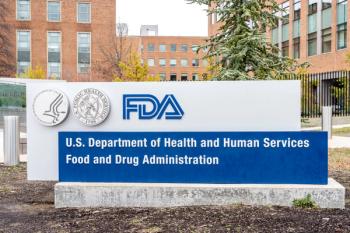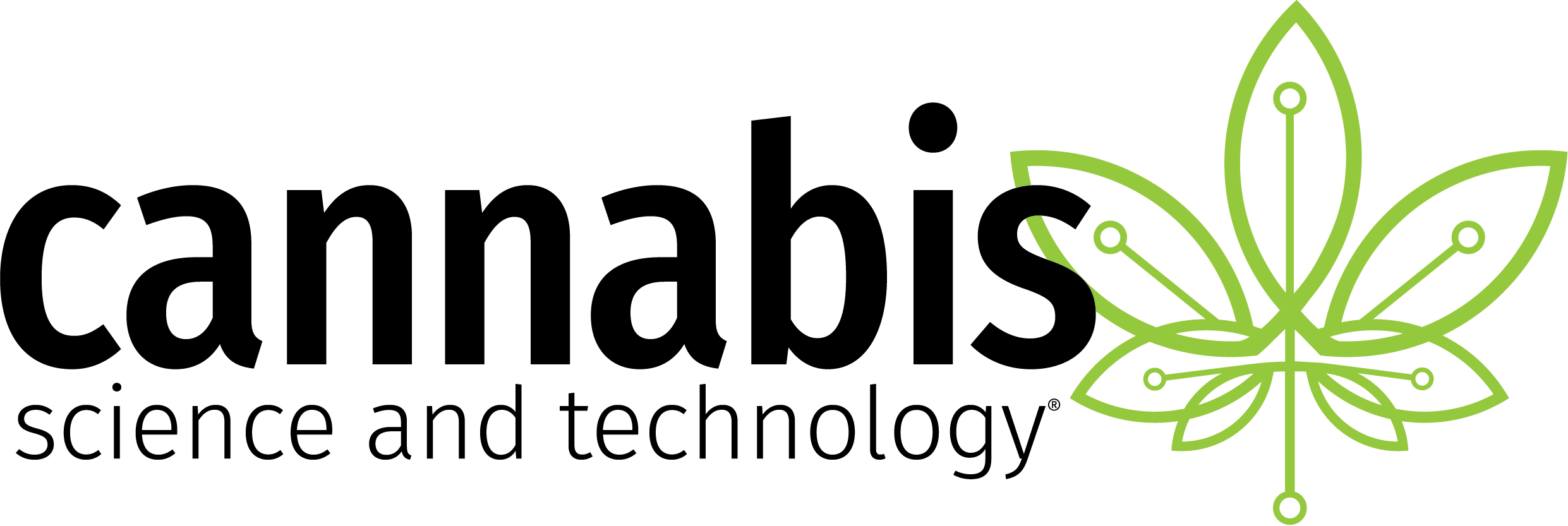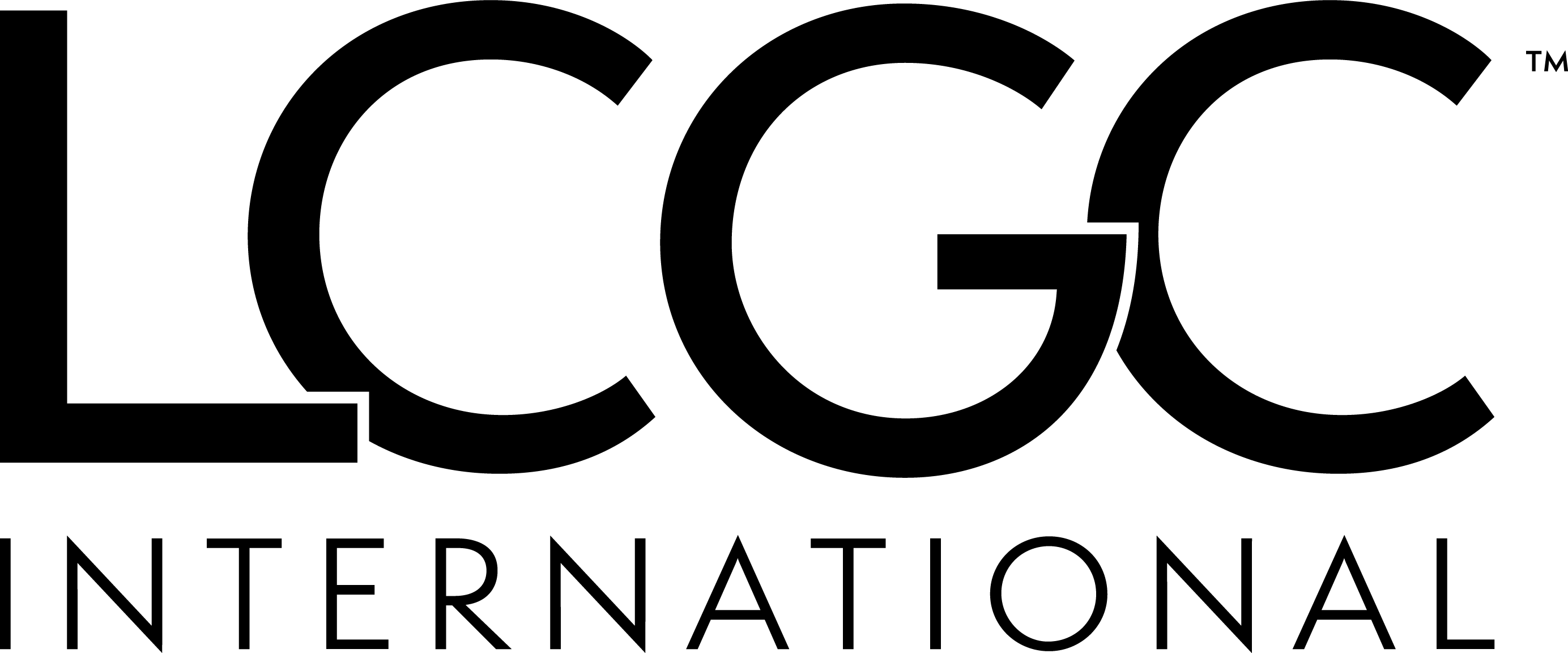
Drug Developers Drawn to Orphan Drugs Market: Financial Incentives Create Rich, Competitive Pipelines
Frost & Sullivan: Breakthrough therapies for rare diseases command premium pricing, particularly if no alternatives exist
The global orphan drugs market presents plenty of opportunities for new drug development – while there are only 172 approved orphan therapies, over 6,800 orphan diseases exist according to the United States National Institute of Health (NIH). Advancements in drug discovery capabilities coupled with regulatory and financial incentives are helping generate rich, competitive pipelines of breakthrough treatments with true disease modifying properties. Pharmaceutical and biotechnology companies are now rolling out therapies for serious, rare diseases – going beyond palliative care and targeting the underlying pathology to slow down or stop disease progression – as they value the financial and philanthropic rewards this brings.
New analysis from Frost & Sullivan’s Product and Pipeline Assessment of the Global Orphan Drugs Market identifies rare cancers as the orphan therapeutic area with the highest level of drug development activity. Other disease areas witnessing considerable drug development activity include blood/lymphatic system diseases, infectious/parasitic diseases, neurological diseases, metabolic diseases, and immunological/inflammatory diseases.
“In the past, pharmaceutical and biotechnology companies rarely developed new drugs to treat rare diseases due to the low return on investment realized because of the small patient population,” said Frost & Sullivan Life Sciences Senior Industry Analyst Debbie Toscano. “Now, drug discovery for orphan diseases is becoming an important element of the business models of numerous small and large pharmaceutical and biotechnology companies looking to strengthen their presence in the global market.”
As a result, pharmaceutical and biotechnology companies are introducing orphan drugs that use diverse approaches such as small molecules, antisense, gene therapy, monoclonal antibodies, bi-specific antibodies, peptide therapies, and stem cell therapies. Currently, such therapies command premium prices due to the huge clinical benefits they offer and the lack of alternative treatments for patients. Soon, however, they will have to be sold at competitive prices as the existing level of reimbursement will become untenable due to the anticipated approval and commercialization of several orphan drugs for neglected diseases.
“As drug developers abandon the “blockbuster model” in favor of greater focus on drug development for rare conditions, the global orphan drugs market is becoming increasingly competitive,” noted Toscano. “It is imperative that drug developers continually keep a tab of competitors’ pipelines since approval and reimbursement of new orphan drugs are highly dependent on the availability of alternative therapies.”
For more information on this analysis, please email Anna Zanchi, Corporate Communications, at
Newsletter
Stay current in clinical research with Applied Clinical Trials, providing expert insights, regulatory updates, and practical strategies for successful clinical trial design and execution.





.png)



.png)



.png)
.png)
